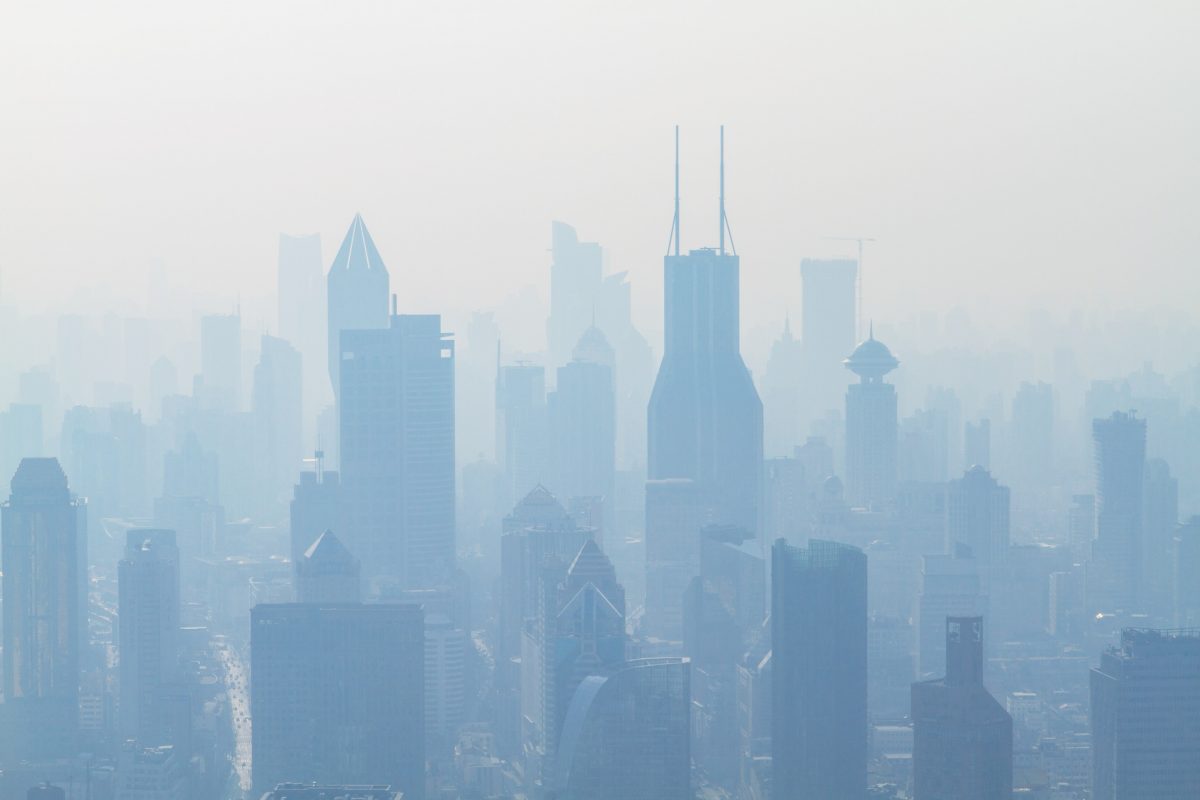Air purifiers have a pretty intuitive name. Little is left to the imagination as to what their purpose is. But, you may be wondering, how is the air actually being purified? What do air purifiers remove from the air? This article will list the various contaminants that air purifiers remove and will also give a brief explanation of how they work.
It Depends on the Type of Purifier
Well, as with most things, there’s no one answer to this question. There are several different types of air purifiers, but the main distinction can be drawn between mechanical air filters and electronic air cleaners.
Mechanical air filters can remove larger particles, ones that typically cause problems for allergy sufferers, like dust and pet hair. Electronic air cleaners are more equipped to remove smaller particles as well as large particles, so these devices will be able to catch both allergens and mold, mildew and certain virus particles.
Allergens
Fear not, allergy sufferers. Air purifiers are well equipped to catch most dust particles, dirt, pollen, pet dander, which can all spark reactions for those with allergies.
Mechanical air filters are a good choice for catching allergens. Electronic air cleaners will also catch allergens, but their ability to catch biological particles like viruses, mold and mildew makes them a bit more expensive than mechanical filters.
Biological Contaminants
Biological contaminants are typically made of much smaller particles than normal allergens. Biological contaminants like mold and mildew can cause allergic reactions in some, or other health problems, such as heavy breathing; ear, nose and throat irritation; and other illnesses.
Electronic air cleaners use electricity to charge particles and then catch them. These cleaners work well, but the collection plates inside them need to be changed more frequently than with other air purifiers.
UV lighting is another type of “purifier” that is designed to catch and kill biological contaminants. These devices do not catch these contaminants, but use UV lighting to destroy their cells so that they cannot reproduce. It should be noted that UV lighting devices will not help in removing allergens such as dirt, dust, pet dander or pollen.
How to Use Air Purifiers Effectively
Air purifiers suck in dirty air and push out clean air. However, some purifiers do a much better job than others, which depends on a variety of factors, such as the filter they use and airflow rate.
When purchasing a purifier, you’ll want to look at the device’s clean air delivery rate, or CADR. This is a measurement of how clean the air that comes out of the purifier is, and the higher the CADR value, the more effective the purifier is. The filter used is also important, and the use of a high-efficiency particulate air filter is indicative of a high quality purifier.
The final factor that determines how to use your purifier most effectively is placement. You may notice more substantive effects from your purifier if it is placed in locations where you spend large amounts of time, such as near your bed or desk. If you live with a smoker, it would be best to place it near them so that the purifier is most effective in catching some of the smoke particles.

